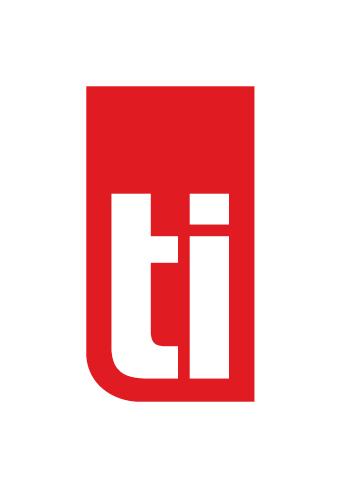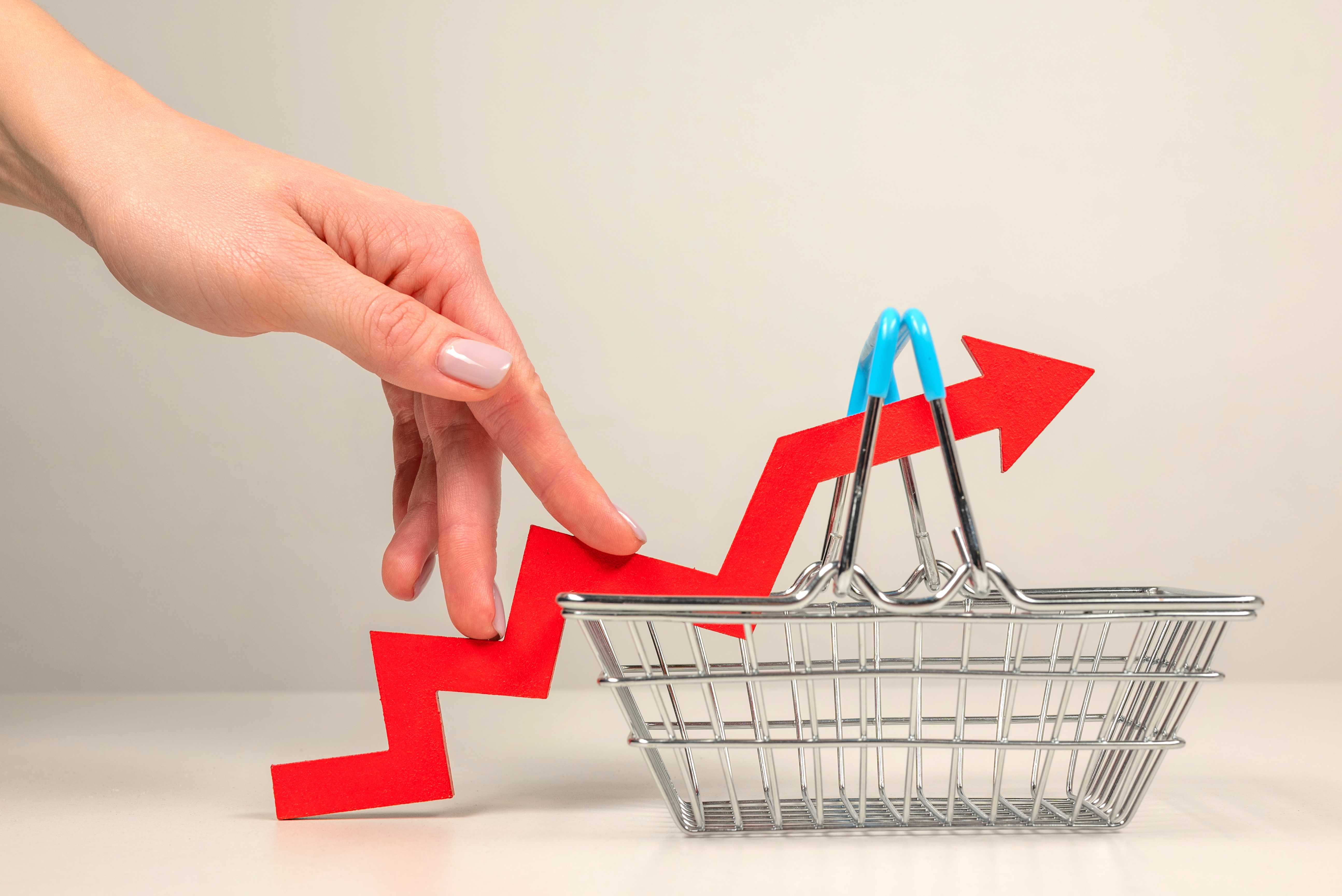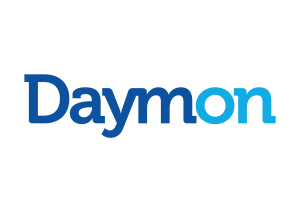It is no surprise that the current economic climate is causing stress for customers, retailers, brands and manufacturers alike.
The past two years have put tremendous pressure on retailers, manufacturers and brands to manage and maintain prices through severe difficulties related to COVID-19 and supply chains; this was now further exasperated by global conflicts, and the rise in inflation is not making the journey easier. By understanding customers' challenges, we can address the challenges with more guidance, ensuring we supply our customers with solutions to their needs.
Our recent customer survey* found that customers were 'extremely worried' about the expected price increases brought by inflation, measuring 9.4 on a 10 point Likert scale (Extremely worried). This concern is having customers rethink their current lifestyle and purchasing behaviours. Some customers mention that this is driven by inflation and their concerns about households being supported by single salaries, reduced buying power and unemployment. Some said they would need to consider moving back home to their parents or family or that they would likely be living hand-to-mouth.
Naturally, the current pressures will likely change customers' shopping patterns for foods, and it is here where retail will feel the most stress. This affects customers across the board, and even those with stable incomes mentioned that they would need to reduce the purchase of more indulgent items. As commodities and base items are at the base of all purchases, we surveyed respondents to identify their concerns and anticipated mitigations regarding price hikes.
Customers have different product decisions, including quality, taste and brand loyalty from habitual or historical purchases. Current purchases include the purchases of canned and frozen foods, with 41% of customers mentioning that they already buy canned and frozen foods to save money, further supported by the convenience of frozen and canned foods (24%). When considering anticipated behaviours, 8% mentioned that they would buy more canned foods, and 22% said they would convert to purchasing frozen foods, which they previously had bought fresh. Other mentions were that customers would likely reduce their meat intake (red meat) and replace it with chicken or stop buying meat due to affordability and price points. Customers are already shopping heavily on price, with customers buying some categories at the lowest price; e.g. Sugar (63%), Oil (62%), Flour (53%), Frozen Vegetables (57%) and Fresh and UHT Milk (66%). The lowest price tactic will not necessarily be relevant in all categories due to other factors driving decisions.
There are categories with higher brand awareness and less value on price – price is still an important consideration. When asked about their current behaviour and buying at lowest price point, customers scored as follows: Maize (32%), Rice (34%), Canned Foods (37%), Snacks (e.g. chips, 32%), Tea (30%), Margarine (29%), and Laundry Detergents (46%). This is where brands need to consider their price positioning and promotional tactics. While customers may not primarily choose the brands in these categories based on the lowest price, pricing is still crucial in the buying decision tree. A brand is also heavily supported by its price and value proposition.
For retailers, manufacturers and brands, a key tactic in navigating the landscape will be effective promotions, whether wide or deep, to ensure customer buy-in. Customers were asked how they see their behaviours changing regarding their purchases, especially in commodities, and what they anticipate their shopping behaviour changes. The largest segment of customers overall mentioned that they would Buy in bulk when on Promotion (BIBWOP) (25%), followed by changing to a Private Brand (14%) and a further change to buying the lowest price, regardless of brand (14%). However, as seen above, customers will continue to buy national brands even if they are more expensive (14%) depending on the category. Historical experiences and entrenched trust likely drive these decisions. While purchasing power is a key stressor, only 7% of respondents indicated that they would buy smaller packs (at a lower pick up price), indicating the customer's search for value, beyond price.
Customers were asked in specific categories what would be their preferred tactics to navigate the anticipated price hikes.
- Customers buying Rice have two different approaches. Apart from BIBWOP(30%), 16% mentioned that they would buy the lowest price, regardless of brand, and 18% said that they would continue to buy their preferred brand regardless of price. Retailers and brands need to navigate this landscape carefully to speak to customer needs on brand and price, having a tactic for 1st tier national and 3rd tier brands. Brand switching will occur.
- Sugar is a category where Price and Promotion will remain critical, with 31% mentioning they will BIBWOP and 20% that they will buy the lowest price.
- Maize is a category where customers will BIBWOP (23%) or convert to Private Brands (16%). However, only 10% said they would buy the lowest price. This is a brand loyal category with certain brands leading different regions.
- Flour is a category where BIBWOP (20%) and the lowest price (20%) will be critical tactics.
- Oil is anticipated to be BIBWOP (26%), with 19% mentioning that they will transition to Private Brands that cost less.
- Frozen Vegetables (23%) and canned foods (24%) will likely reap the benefits of promotions, with customers mentioning that they will buy these in BIBWOP.
- Snacks (e.g. crisps) is a category where customers are clear that they will buy brands, with 16% mentioning they will buy less, 13% noting they will buy NB, regardless of price and only 8% saying they will buy the lowest price or convert to PBs that costs less. The indulgence component of this category is critical, and customers will not compromise on the indulgence but may look at multi-buy promotions in this space.
- Beyond BIBWOP (23%), Margarine continues to bought on National Brands regardless of price (19%).
- Tea, while customers mentioned they will BIBWOP (21%), only 10% said they would convert to the lowest-priced item.
While Private Brands have always been seen as a value tactic, the evolution can tend to the customer's needs by providing quality products at lower prices. In addition to other purchasing tactics, customers mentioned that they would compare prices, buy more in bulk and share. It was worth noting that customers mentioned 'specials' rather than the term 'promotion', this can be considered as part of marketing tactics in communicating promotions.
Promotional - and different pricing tactics will be vital in winning customer confidence. Preferred promotional mechanics, as found in Daymon Customer Research in South Africa (2021)**, can be seen below:
- Buy 1 get 1 Free (72%); to note, this may not always be commercially viable, although a preferred tactic from customers
- Product at a reduced price – Percentage(e.g. R79,99, 15% off)(53%)
- Buy 3 pay for 2 (52%)
- Product at a reduced price – Rand (e.g. R79,99, Save R10) (47%)
- Buy XY for RXX (Buy all 4 for R100, save R15)
- Buy XY for X percent off (e.g. Buy 3 items save 20%)
- Cashback on the next promotion (13%)
Retailers, manufacturers, and brands need to consider which tactics they can employ to retain customers and give them a sense of confidence while also adding value, while attracting new customers to a product or brand. Loyalty cards will be under further pressure to provide customers with real-time price benefits, and value.
It is not an easy storm to navigate. Retailers, manufacturers, and brands will need to have clear considerations in their promotional strategies when addressing customers' concerns. Retailers should not fall into the KVI trap, and not every items has to be promoted. Clear tactics need to be planned. A few considerations can be:
Simplify the promotion and value equation for customers – make it easy to understand.
Balance promotions across SKUs and brands to bring parity to the category and manage margins.
Prevent cherry-picking culture from customers by not over-promoting Key-value Items (KVIs) on an over-regular cadence.
Consider non-traditional multi-buys, e.g. Buy 4, or 5 items at a price point (to generate sales and move volumes) - Multibuys allows retailers and brands to give value to customers and aid in volume movement for them.
Set realistic KPIs to measure the success of your promotions – sales lift, margin, halo sales across adjacent categories and basket sizes. Tweak and adapt these KPIs as there are shifts.
Customer concerns are real and are becoming more pressing in the current economic climate. Retailers, manufacturers and brands need to consider critical strategies to bring value to the customer, for differentiation, loyalty and profitability, by using promotional tactics, loyalty cards, in-store execution and affordable price points.
*LSM 5 – 10, n = 300, South African Customers, April 2022
**LSM 7 – 10, n = 1000, South African Customer, July 2021
About Daymon
Globally Daymon is known for building brands, with our key focus on building Private Brands. We are the only solution provider that influences all aspects of Private Brand development, from strategy to execution to consumer engagement.
Our unique approach helps retailers and brands set themselves apart — boosting brand presence, category effectiveness, and speed to shelf. We offer a full suite of best-in-class brand development services, including Brand Strategy, Category Solutions, Business Intelligence, Analytics, Client Services, Sourcing, and Brand Engagement. For more information, visit the Daymon partner page here or visit https://www.daymon.com
Authors:Roelien Havenga – Director Business Intelligence (Africa & Latin America) – roelien.havenga@daymon.com



